Commodore Amiga OCS/ECS
games list! |
| Total reviews! |
Handheld: 57 16/32bit Computers: 830 8bit Computers: 416 8bit Consoles: 58 16bit Consoles: 78 32/64bit Consoles: 107 128bit Consoles: 28 |
| OnLine members |
| Currently: 16 |
 |
| Best on 8bit micro! |
International Karate + - Commodore64 Xyphoes Fantasy - AmstradCPC Arkanoid II - AmstradCPC Pang - AmstradCPCPlus Wrath of the Demon - Commodore64 Night Hunter - AmstradCPC Barbarian - AmstradCPC Prince of Persia - SamCoupe Lemmings - SamCoupe |
| Best on 16bit micro! |
Turrican II - Amiga Shadow of the Beast - Amiga Jim Power - Amiga Agony - Amiga Turrican 2 - AtariST Project X - Amiga Super Frog - Amiga Flashback - Amiga Dark Seed - Amiga Flashback - Archimedes Warlocks - Archimedes Cannon Fodder - Amiga Turrican II - PC Universe - Amiga Hurrican - PC Tyrian - PC Super Stardust - AmigaAGA Pac-Mania - X68000 |
| Best on 8bit consoles! |
Pac-Mania - MasterSystem The NewZealand Story - MasterSystem Pang - GX4000 Batman Return of The Joker - nes Battletoads & Double Dragon - nes |
| Best on 16bit consoles! |
Jim Power - snes Donkey Kong Country - snes Aladdin - snes Comix Zone - Megadrive Alien Soldier - Megadrive Blazing Lazers - pcengine Raiden - pcengine Super Star Soldier - pcengine |
| Best on 32bit consoles! |
G-Darius - psone Super Mario 64 - n64 ISS Pro Evolution - psone Perfect Dark - n64 Dino Crisis 2 - psone Resident Evil 2 - psone Metal Gear Solid - psone Oddworld: Abe - psone Klonoa: Door To Phantomile - psone Medievil - psone Nights Into Dreams - Saturn Flashback - CDi |
| Total hits! |
| Puzzle! |
 |
| Random Old Ads! |
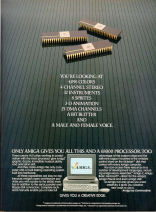 |
| ||||||||||||||||||||||||||
| ||||||||||||||||||||||||||
| ||||||||||||||||||||||||||
 STORY / GAMEPLAY STORY / GAMEPLAYYour mission is to glide across the surface an imaginary planet called Novenia, destroying as many aliens and spacecrafts as possible. Each alien form has different value ranging from 50 points for a small drone, to 7.500 points for a Starglider. Each time you gain 10.000 points you are transferred to a new and more complicated level. You control AGAV (Airborne Ground Attack Vehicle) from a first person perspective. The panel allows monitoring critical particulars of your vehicle (such as the scanner, the energy level, the shield meter, the laser cells status, the altitude and the velocity indicator). The main difficulty encountered is refueling energy since this can be done by gliding between two energy towers, at a very low altitude. Repair Silos (represented by rotating wedge-like structures) are also available in order to restock your shields and guns. Your firepower is a set of laser guns and a limited number of missiles. Once you fire a missile your mouse controls this very missile(!), and you must therefore focus on pin-pointing the adversary. Targets vary from Stargliders to ground Walkers (taken from Star Wars: Return of the Jedi!) and Strompers. GRAPHICS / SOUND The graphics are good and the Amiga version shares the same quality with the Atari ST. The AGAV cockpit is greatly designed and has several animated touches one the indicators, whilst the enemies and the surrounding objects are made of 3D vectors that move fast on screen. Note that its successor Starglider 2 has the same engine but all its 3D polygons are filled in with colors. It is also impressive for the time, the effects of the enemies that are smashed into several pieces when shot. The game runs fast on the Amiga and without any frame-rate issues when too many polygons occupy the screen The game's sound is equally good, offering a short, sampled, intro tune that sings the name of the game and the name of the publisher (Rainbird). In-game, there are some nice, sampled sound effects that cover the laser/missile firing and every explosion. | ||||||||||||||||||||||||||
 |
| ||
| ||||
| ||||
| ||||||||
|
|
| ||||||
| ||
Amiga 500/500+
| ||
| read more... | ||
| The Amiga 500/500+ (default) color palette | ||
 | ||
| 12bit RGB 4096-colors palette (32 to 4096 colors on screen) | ||
| ||
| No comments added yet | ||
| Login to leave your message! |
| Our featured games |
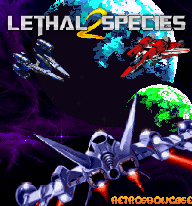 |
| Play old-school now! |
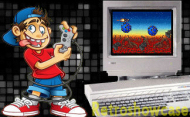 |
| Music Player! |
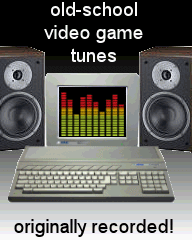 |
| Play ZX on-line!! |
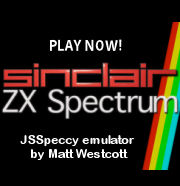 |
| Play CPC on-line!! |
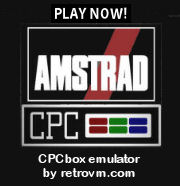 |
| Boot Screens! |
 |
| Retro-games Trivia! |
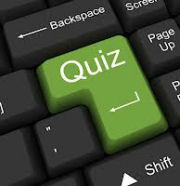 |
| Old-school Crossword! |
 |
| Is this my palette? |
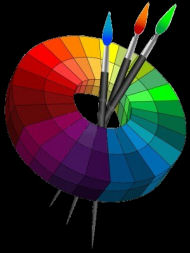 |
| The logo evolution! |
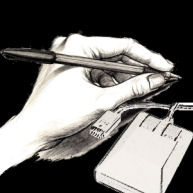 |
| Manuals! |
 |
| Beat them All! |
 |




 7.0
7.0 8.0
8.0




 CPU: Motorola MC68000 7.16 MHz
CPU: Motorola MC68000 7.16 MHz